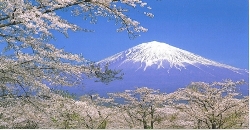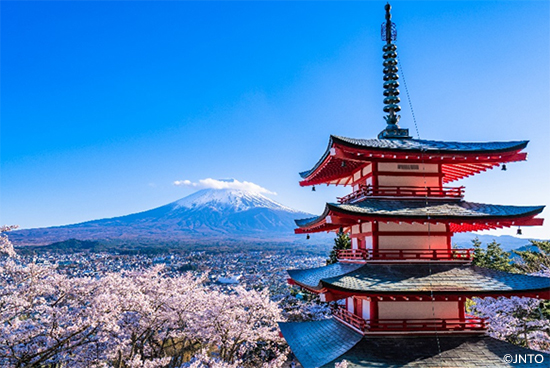
Henry Sugimoto was born as the grandson of a displaced samurai in Wakayama, Japan and died in 1990 as an American painter in New York. This exhibition features works from Madeleine Sugimoto's collection of paintings, prints, drawings, and photos to introduce his life as one of the Japanese American pioneer.
Date: 07/10/07-08/03/07 Time: 10:00 am - 6:00 pm (Closed on Sunday) Location: The Nippon Club (The Nippon Gallery) 145 West 57th Street, New York, NY 10019 Fee: Free Contact: info@nipponclub.org/(212) 581-2223

On Thursday, July 12th, 2007, The Nippon Club had a special reception and presented Henry Sugimoto's artwork at The Nippon Gallery. Mr. Sugimoto (1900-1990), a Nisei, second generation Japanese, who was placed in the camps during WWII depicted different aspects of Japanese-American life through his talent. These pieces are on exhibit until August 3rd.

The most interesting part of this event was a slideshow presentation and explanation of Mr. Sugimoto's art work by his daughter, Madeleine. She offered more depth and humanism to his work through pointing out his techniques and details portrayed in his art. I would like to include a touching description about her father and his art work described by Madeleine below. Madeleine Sugimoto In the midst of this great city of commerce, wealth, culture and ambition, the source of which is the people. Within this environment are individuals whose lives are varied and infuse the vitality that exists. Here is a glimpse into the milieu of one life, that of Henry Yuzuru Sugimoto. In my moments of reflection, I recognize that I lived in a parallel universe because he was both artist and father. Sitting at the table for supper was a warm and comfortable time; to share our day's activities, concerns, family outings and even to laugh and lament the Mets baseball scores. My father was a sensitive, caring and loving father. The essence of family time. My mother created a stable, supportive and animated presence. She would remind me not to disturb my father as "he is working in his studio." Her belief in him provided the environment which my father gratefully acknowledged that "Susie made it possible for me to pursue my art." Framed in my mind is an image of a small studio. On shelves and surfaces were scattered paint brushes, pallet knives and tubes of oil paint. Amidst this stood my father before the canvas on the easel. Yet another image is of him seated at a table working on a linoleum or woodcut. It was a quiet place, still there was present the creative energy of an artist intent and purposefully at work. I once asked my father about how he went about his daily activities. He amazed and impressed me as he told me of his plans and schedule for the entire week. His love of art defined his daily work schedule with purpose, discipline and ambition. My father's art expressed his odyssey on canvas. I believe he had an inner life that sustained its intensity so that he exclaimed at 90 years old, "to stand even for fifteen minutes before my easel and paint, I feel alive." This exhibition is worth stopping by and learning about Japanese-American life in the 1900's expressed in the form of art. T. Ishizuka



















































